CLA Submits Comments on ESA Workplan Update
CropLife America writes to the EPA regarding the updated workplan to reduce the offsite movement of pesticides. It identifies the success of much of the work so far and cautions on continuing to use accurate data and providing an open conversation.
RE: ESA WORKPLAN UPDATE: Nontarget Species Mitigation for Registration Review and Other FIFRA Actions EPA-HQ-OPP-2022-0908
Dear Ms. Biscoe:
Established in 1933, CropLife America (CLA) represents the developers, manufacturers, formulators, and distributors of pesticides and plant-science solutions for agriculture and pest management in the United States. CLA’s member companies produce, sell, and distribute nearly all the pesticide and biotechnology products used by American farmers. CLA appreciates the opportunity to provide comments on the U.S. Environmental Protection Agency’s (EPA’s or the Agency’s) Endangered Species Act (ESA) Workplan Update (Workplan Update or Update).
The Workplan Update is a major step in the Agency’s strategy to improve the ESA review process and reflects EPA’s new direction of using ESA mitigations in the Federal Insecticide, Fungicide, and Rodenticide Act (FIFRA)-portion of pesticide review (FIFRA Interim Ecological Mitigations),1 and in particular, in EPA’s interim decisions (IDs) during the FIFRA registration review process. The Workplan Update is complex and uses a new approach for introducing measures to reduce offsite movement of pesticides, which would reduce pesticide exposure to all non-target species, before the evaluation and consultation process is complete. It also requires the consideration and review of experts and stakeholders familiar with the subject matter, including the US Department of Agriculture (USDA) and the U.S. Fish and Wildlife Service (FWS) and National Marine Fisheries Service (NMFS) (collectively, the Services). Furthermore, the Update presents mitigations specifically to protect ESA-listed species and their habitat that, taken together, may disrupt how farming is done today. Thus, it is incumbent upon the Agency to ensure that all parties can understand the proposed changes and how they will affect all stakeholders, including those stakeholders who will be required to implement any new mitigation measures added to product labels.
While CLA recognizes EPA’s efforts to provide upfront protections for species while the Agency discharges its duties under both FIFRA and ESA, EPA must be able to justify the proposed mitigation measures with the best available science and must make plain the link between the measures required and benefits to species. Importantly, EPA must also be open to feedback on whether some measures included in the Update might be more conservative than the science supports, and to refining, modifying, or removing those measures at later stages of the consultation process, and as supported by the best available science. Although the Agency only invites public comment on the Appendix to the Update, the Workplan Update informs the Appendix; therefore, comments on the Update itself may inform any necessary changes to the Appendix.
1 CLA’s use of the term “interim” in this document reflects EPA’s use of the term, not an endorsement of how EPA interprets “interim.” Throughout the substantive comments below we refer to mitigations intended to be applied at the PID stage as “early” or “upfront,” to describe them more accurately.
Read CLA’s comments here.
